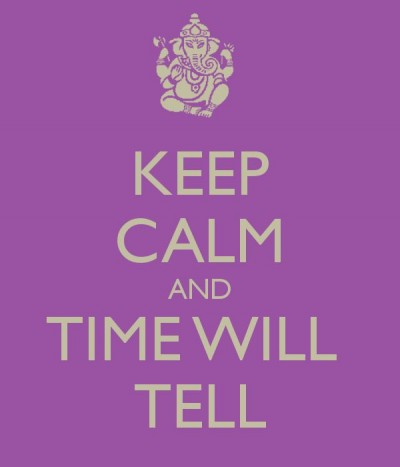This post is one of a series I call “The Paratriathlete Diaries” – in the series I hope to take a regular look at the random things that happen in my life as an athlete with challenges. Any ideas, questions, or suggestions throw them my way. I would like to use this feature as a way to answer questions anyone might have about living with chronic conditions such as Charcot Marie Tooth disease and Ehlers Danlos Syndrome, but with a light touch and a bit of humour. I’m all ears!
I have flirted with the paratriathlon world for about four years now. I first met with British Triathlon in late 2009. In 2010 I attended a British Triathlon open day. In 2012 I participated in the USA Paratriathlon National Championship open wave. I also lost my classification in 2012, but in 2013 I continued to compete in open (non-classified) event waves. I love the sport, what it has given to me, and the paratriathlete community that I have met.
One of the things I have learned about the world of parasport is that it is full of lingo. There is:
Classification—> the process you go through to ensure you are impaired enough and to establish what class you will fit in the world of parasport
Class—> not a social system, but rather the category that your impairment fits into, usually divided by part of the body that is impacted by your impairment
Impairment—> a.k.a. what your disability is
Then there are the more obvious lingo and acronyms. Like:
Amp—> amputee athlete
LP—> little people, or dwarfism
But the other day I was reading womething which referred to “AB”. Um, AB?
I tried and tried to figure it out. AB. Blood type? Nope, not a fit. AB. Agriculture biologique (organic – on the labels of food in France)? Nope – definitely not that! What could it be??
So embarrassed I sent a quick message to a friend. “Not to sound stupid, but what is AB?”
Light bulb moment.
AB = Able Bodied

OHHHH!
Another light bulb moment—and a bit of a deviation from the keep it light intention of this series…
With my impairments (nerve disease and hypermobility) I appear perfectly AB in a world of parasport that is increasingly about the VISUALLY non-AB. Our parasport icons – David Weir, Oscar Pistorius, Sarah Storey, Tanni Grey-Thompson – the media presents them to us as limbless gods, as chair bound warriors. I cannot think of a single parasport hero that appears AB but is not!
AABBIN = appears AB but is not
What is the AABBIN fit in parasport?
Right now paratriathlon is finalising a complete review of its system of classification. As I have written about before, in my opinion today’s system is flawed and does not really capture the true degree of impairment that those of us with neurological conditions – the AABBIN – experience. When paratriathlon was accepted as a paralympic sport the International Paralympic Committee mandated that the International Triathlon Union undertake a complete revision of its system of classification. I applaud the review, and the public statements that the ITU has made—that the review will be driven by scientific assessment and measurable outcomes.
What I worry about is that those of us who are AABBIN – the not AB but AB – will be left out. Not because the science does not support us, but because it is just too difficult. Too tough to design a system of measurement that can be undertaken by a non-expert. It would be too easy to brush tough issues under the carpet, to put off the hard problems until tomorrow, for the sake of focusing on today’s issue. And today’s number one issue is to increase the credibility and competitiveness of the paratriathlon field in time for Rio 2016.
Tough choices for sure.
For the time being us paratriathletes with non-obvious or tough-to-classify impairments wait and watch. And only time will tell what the outcome will be.

